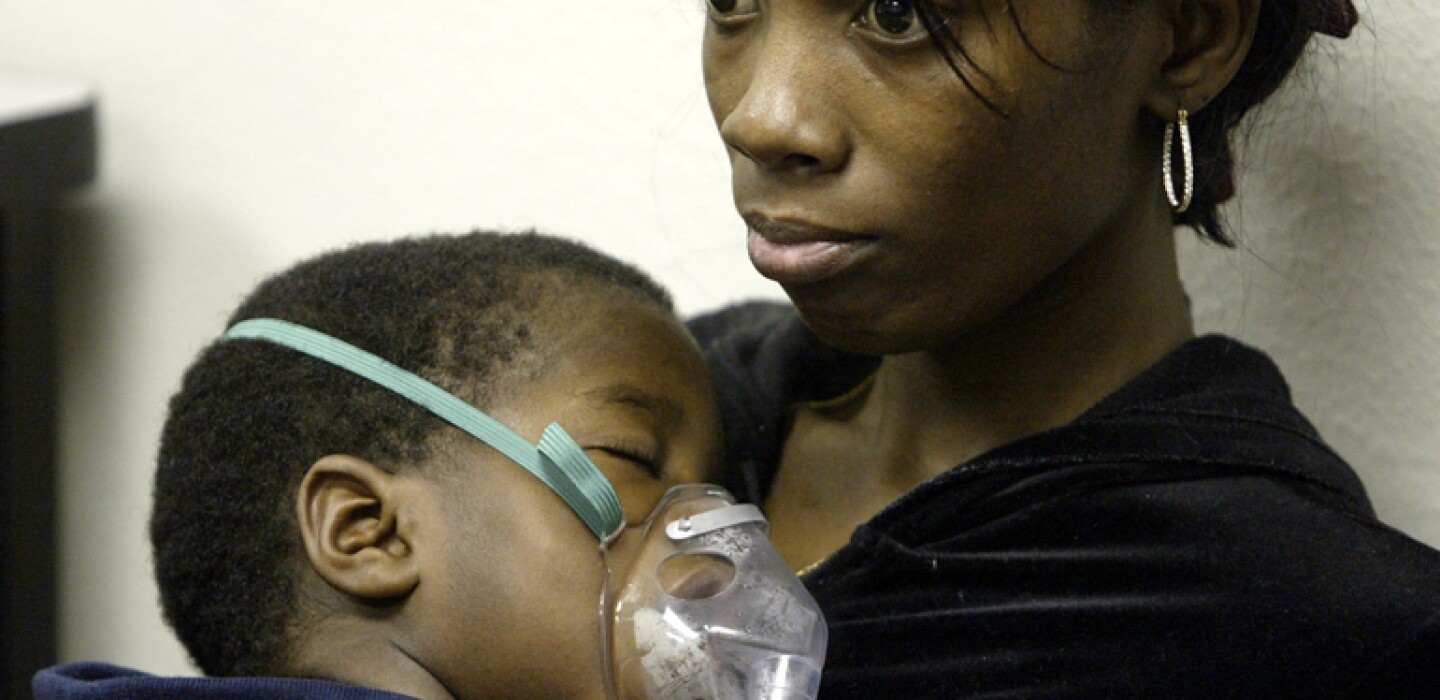
AccuWeather Data Used to Measure Children’s Health Risks
Pollution is one of the greatest environmental risks to health, especially for children. Fortunately, it’s not too late to mitigate the issue and reduce the burden of disease from stroke, heart disease, lung cancer and asthma caused by air quality issues.
Researchers at Children’s Hospital Los Angeles and the University of Southern California (USC) have joined with experts at AccuWeather to use critical environmental data to accelerate climate solutions.
The teams will use data from air pollution, UV index, humidity and other sources from the AccuWeather Data Suite on the Databricks Marketplace to seek breakthroughs in children’s health care in California and the rest of the U.S.
“Environmental data is a critical accelerator for climate solutions, particularly when it comes to air pollution and health,” Tyler Knowlton, head of AccuWeather’s Climate Impact Program, said in a press release. “Solving complex problems requires a shared understanding and that starts with solid data.”
The teams will integrate AccuWeather’s high-resolution air quality data and other environmental determinants of health with electronic records, allowing researchers to answer critical questions about the impact of the environment on children’s health.
“We have made incredible progress connecting environmental determinants of health with all of our patient records at Children’s Hospital Los Angeles,” Jonathan Tan, a pediatric anesthesiologist, said in a statement. “For the first time, we can now understand how environmental exposures impact our children across an entire pediatric health system. This unlocks our ability to better understand disparities in exposure and heath as well as find opportunities to intervene and reduce the risks of the environment on the health of our children.”


Average Rating